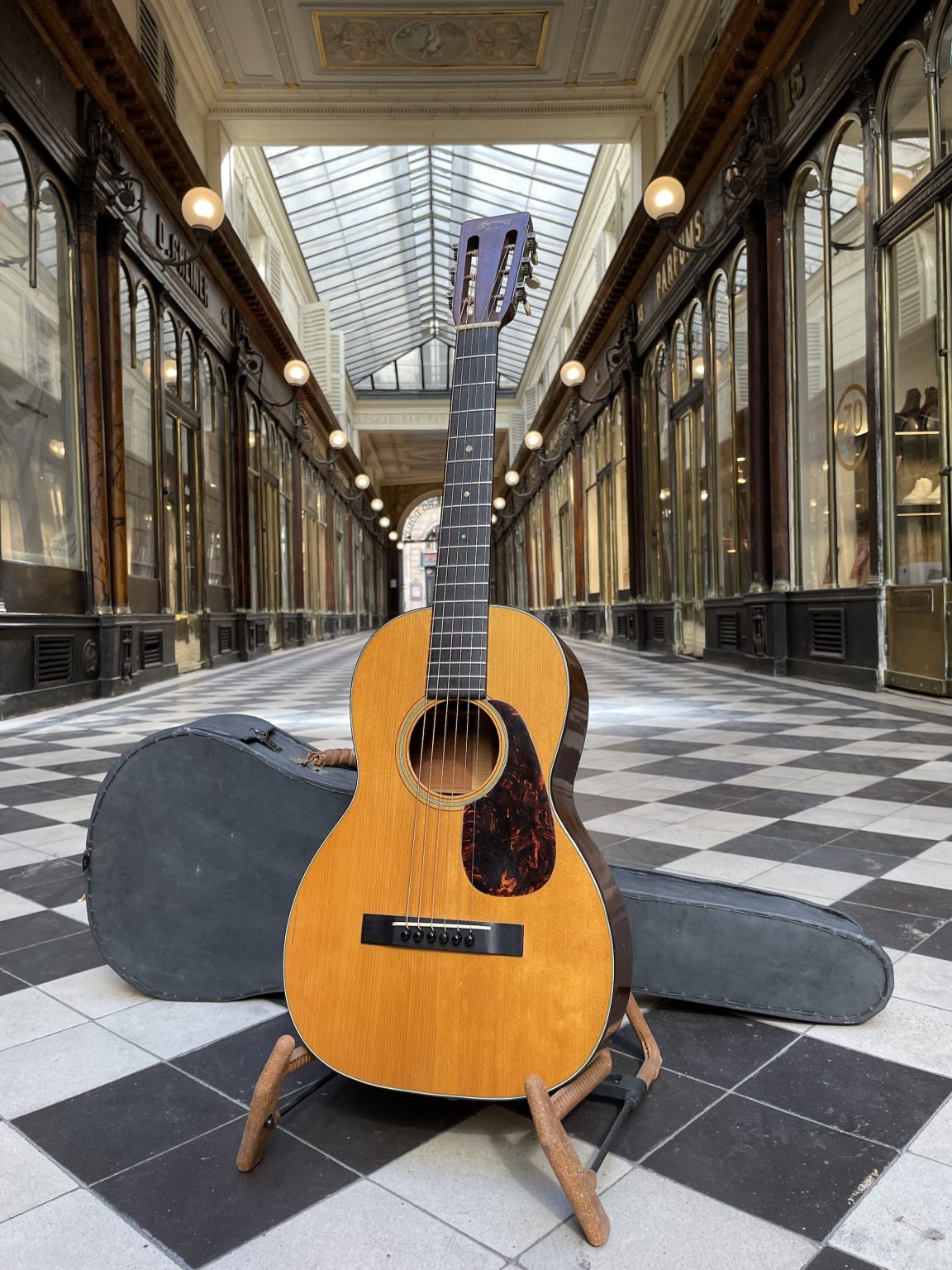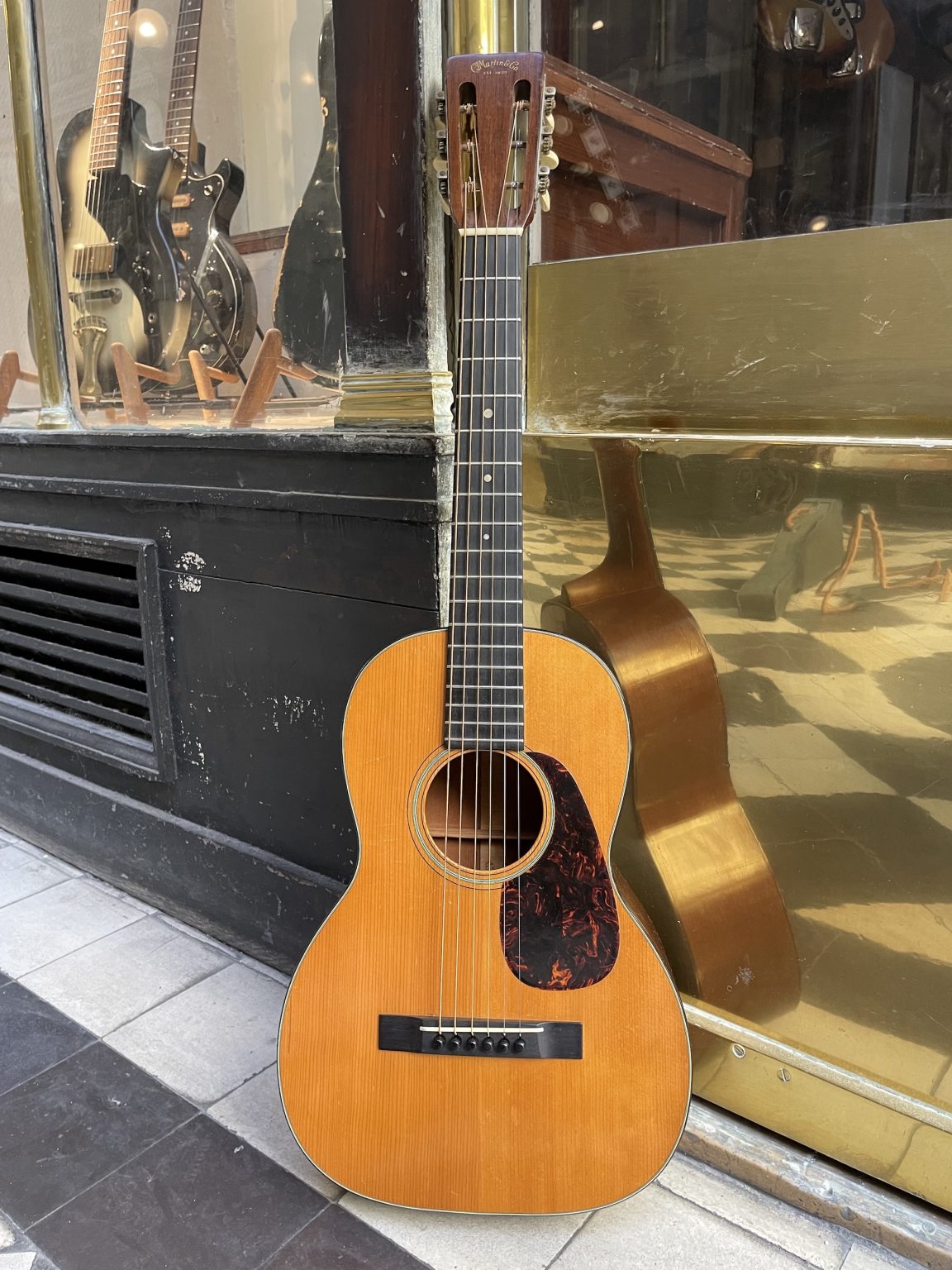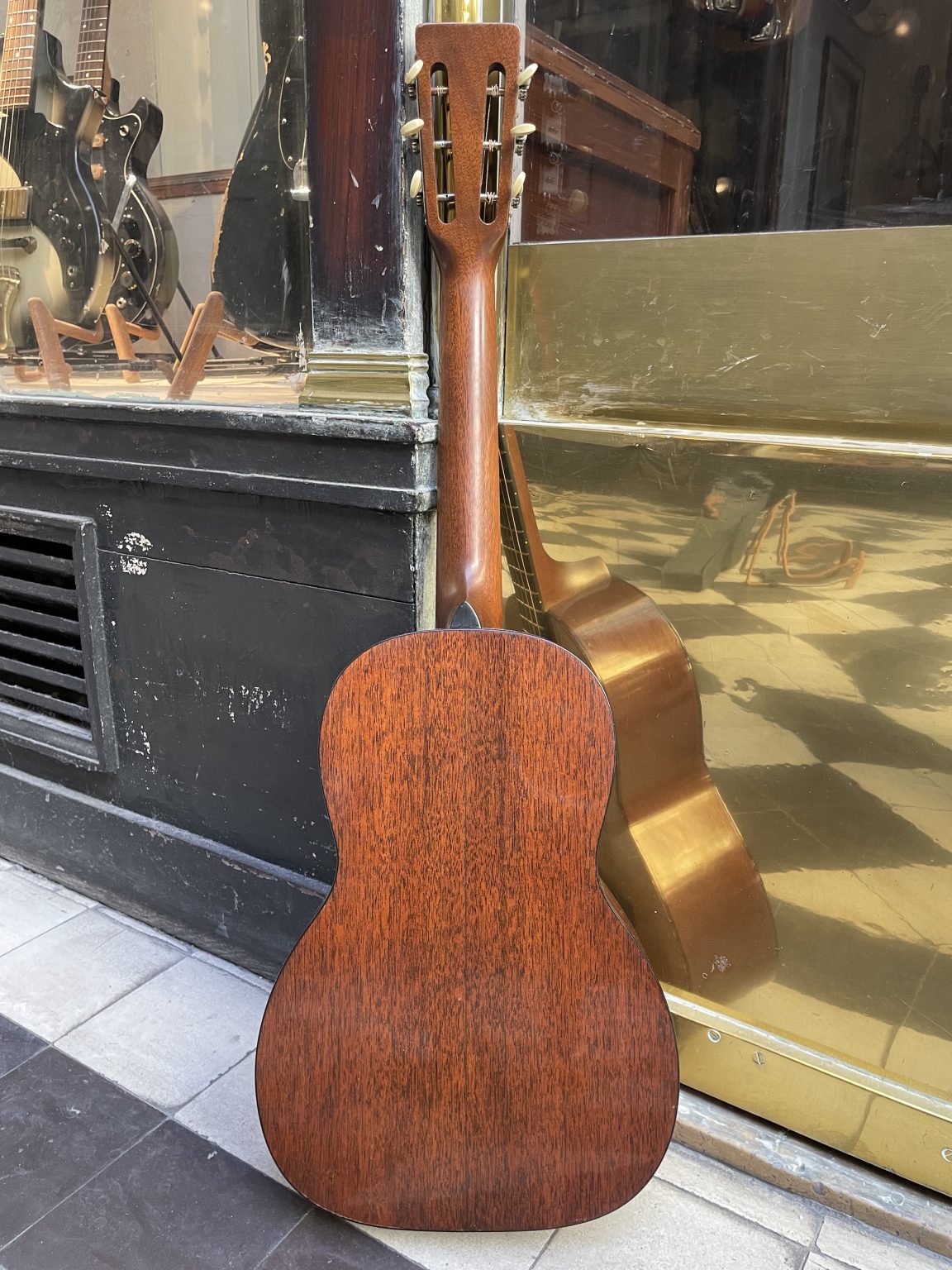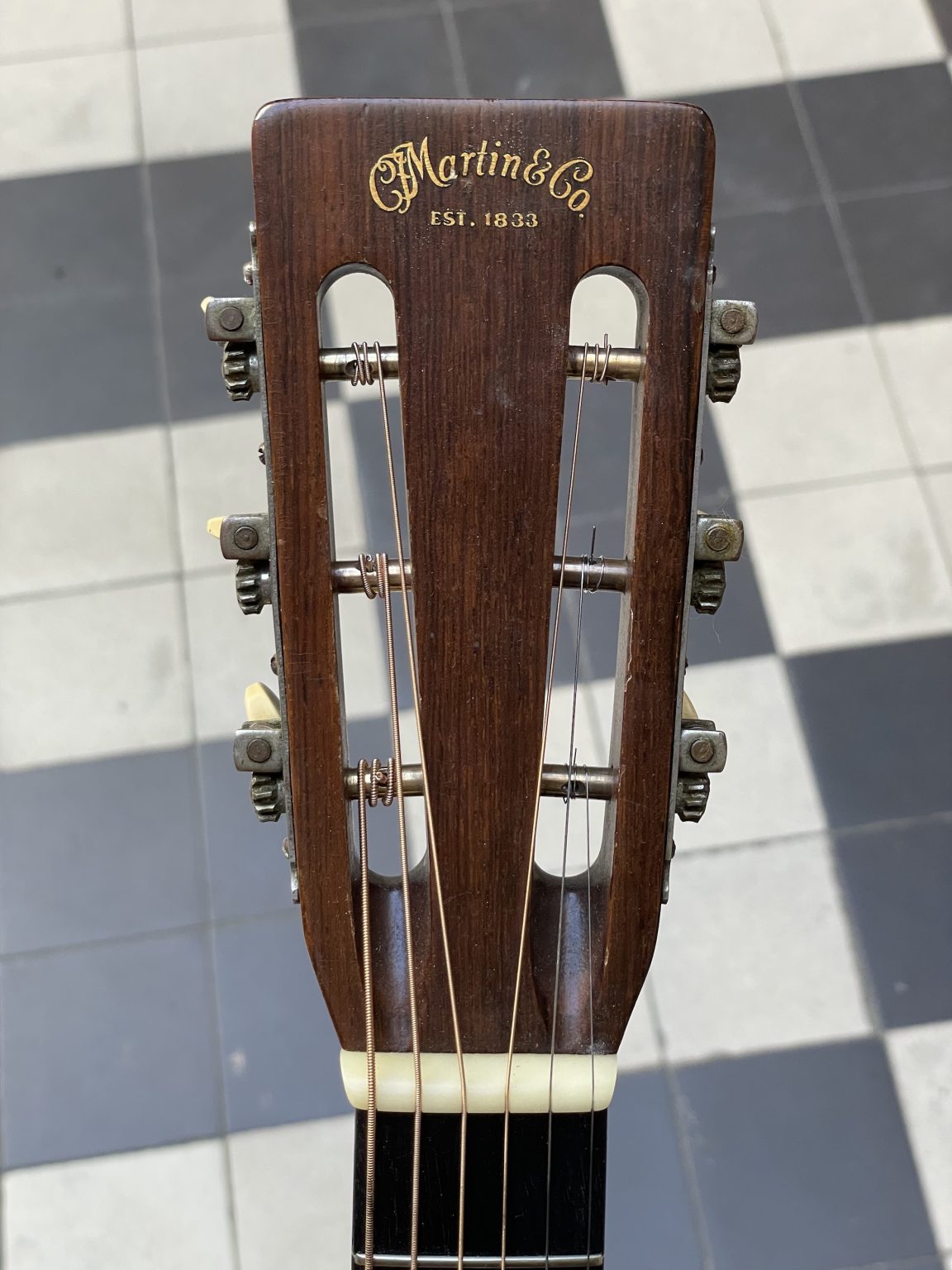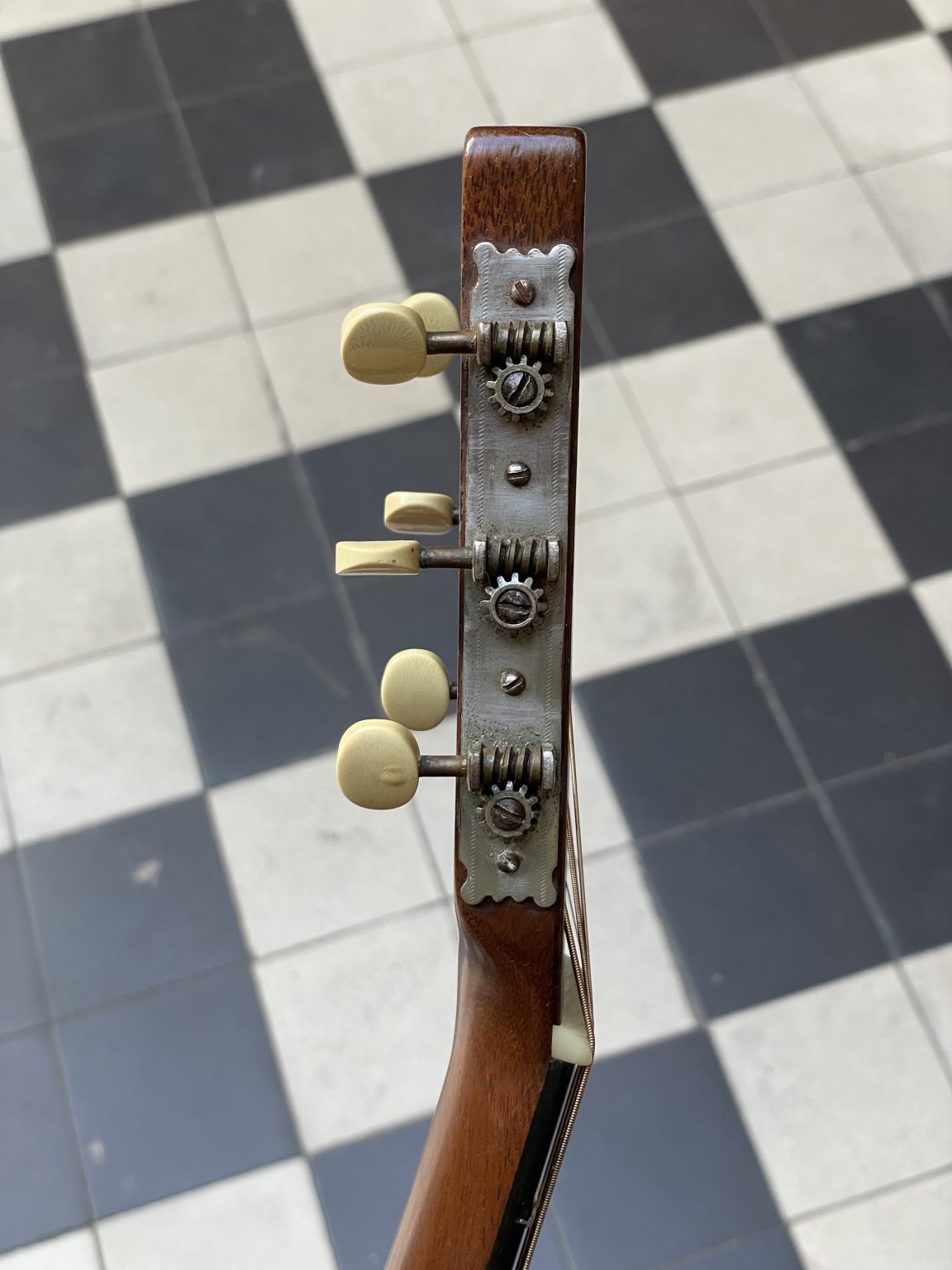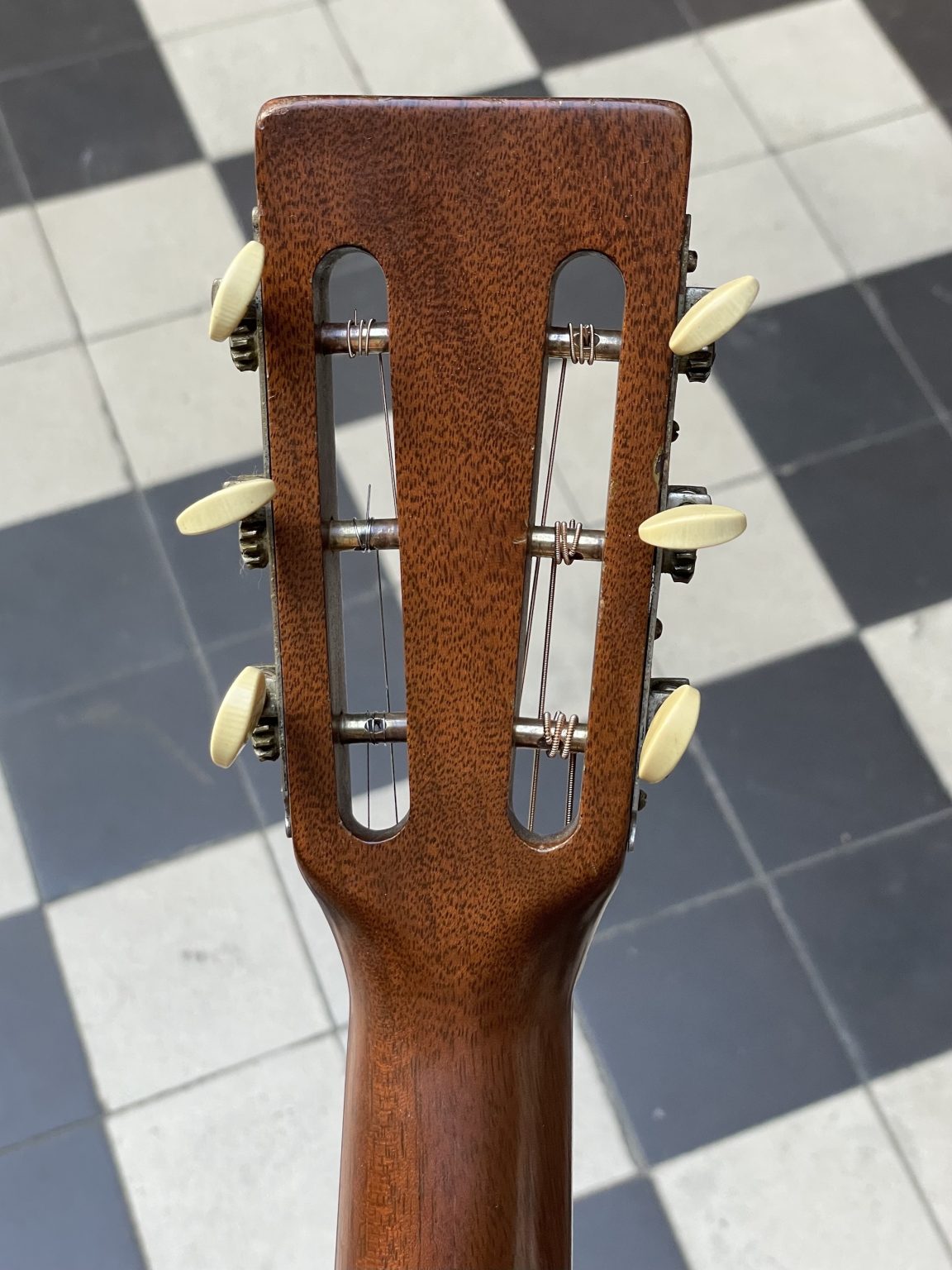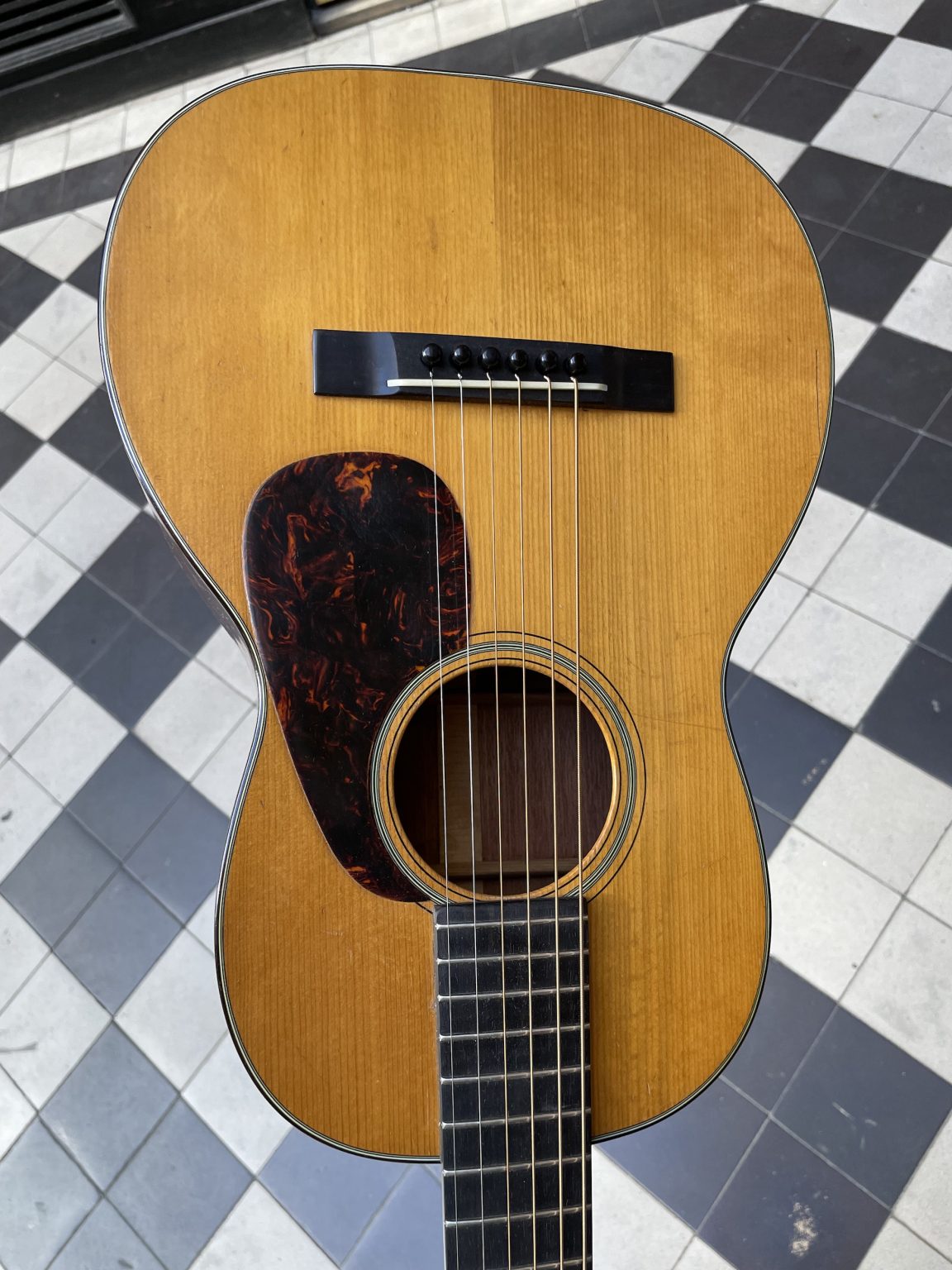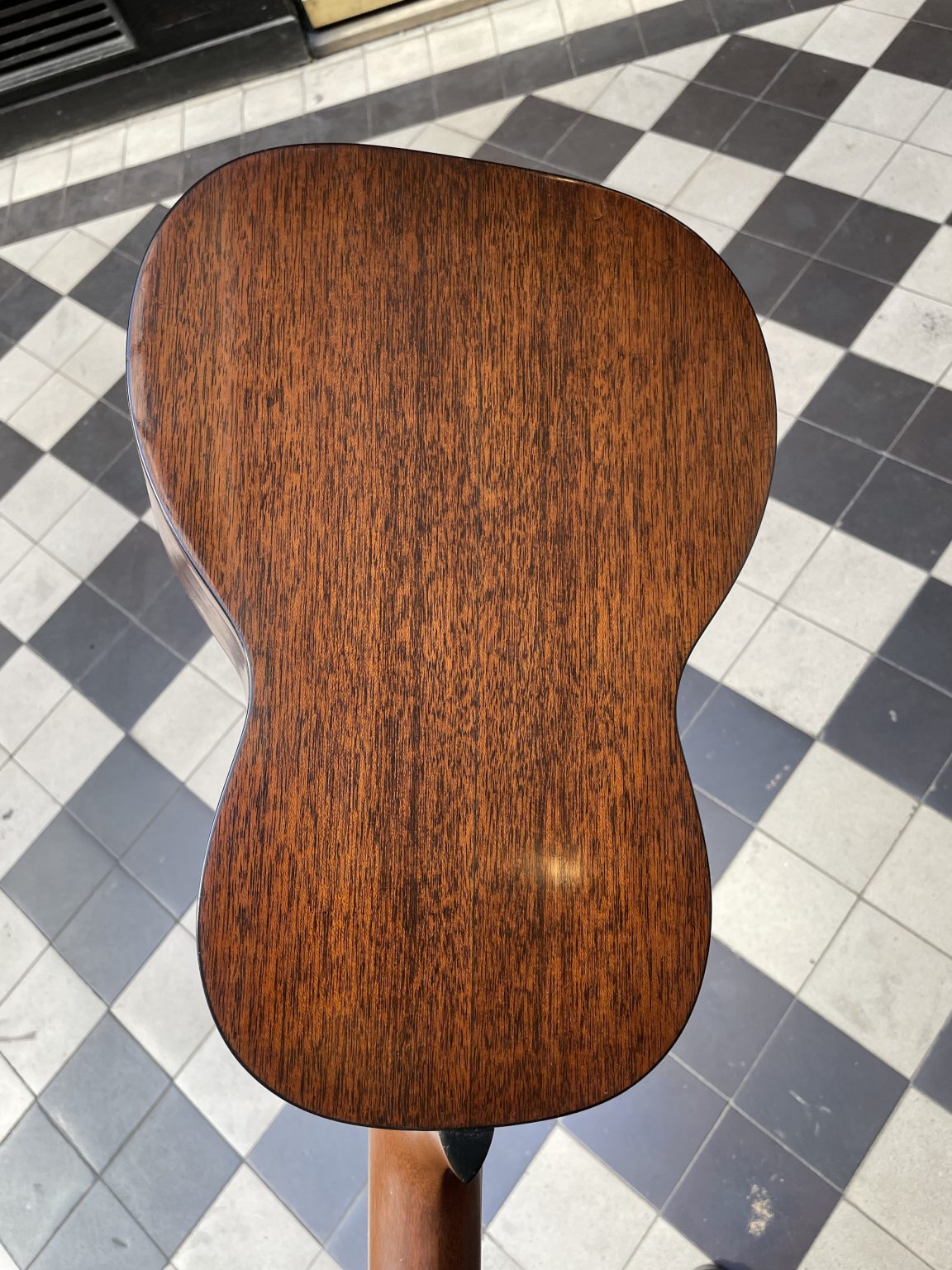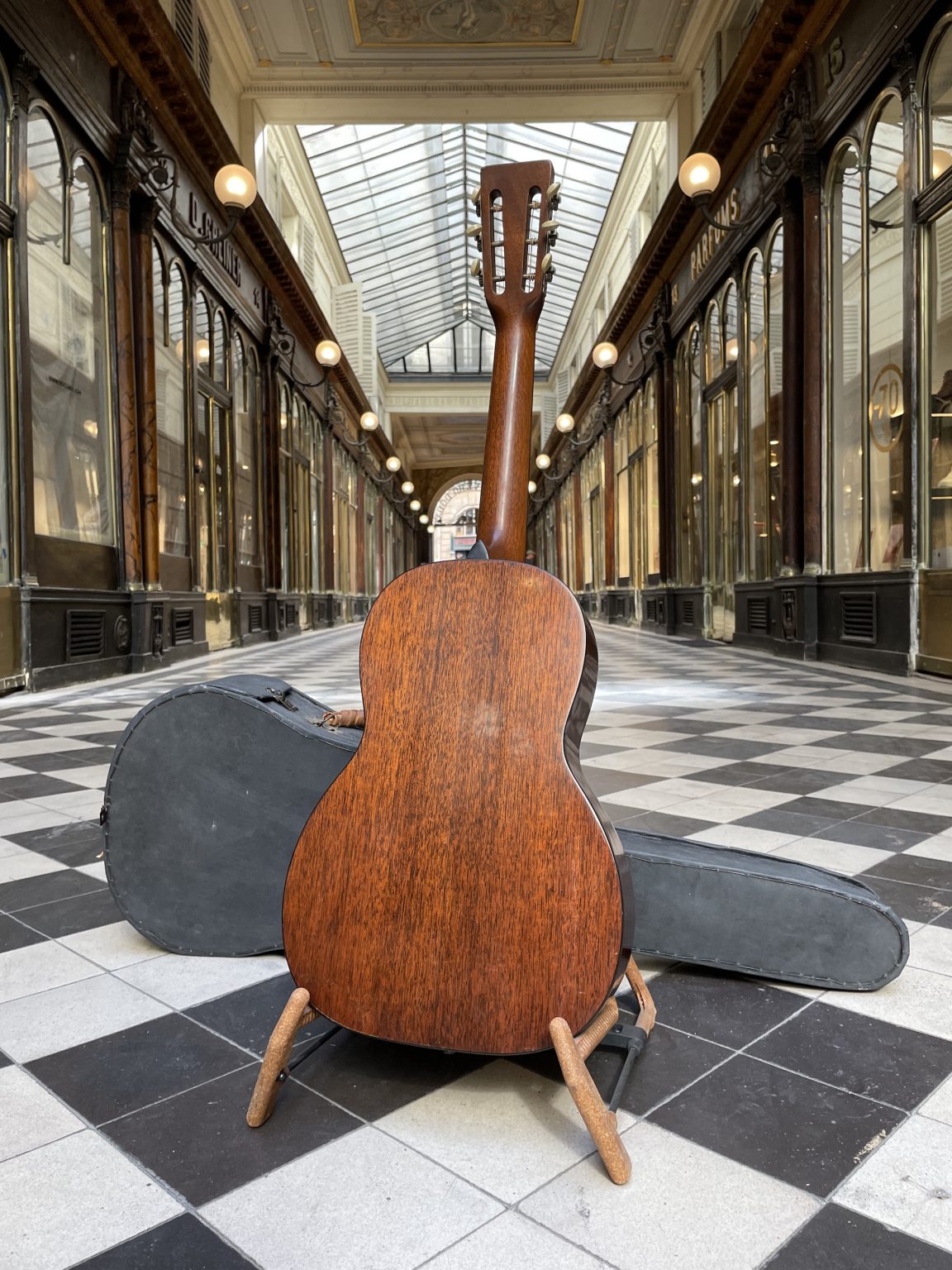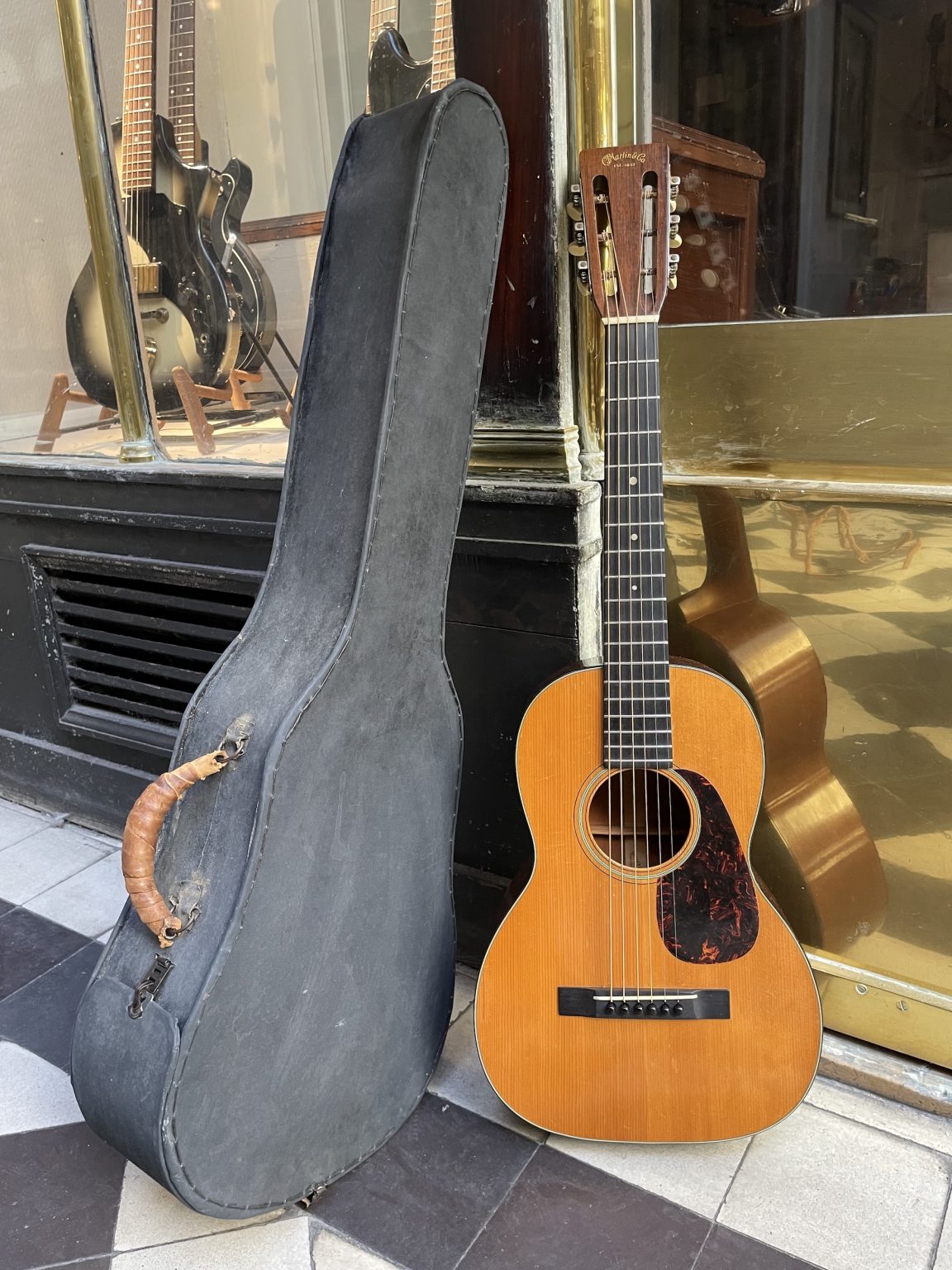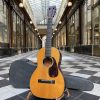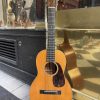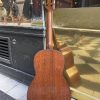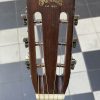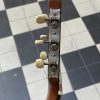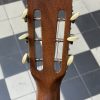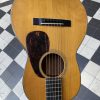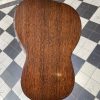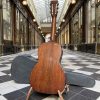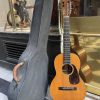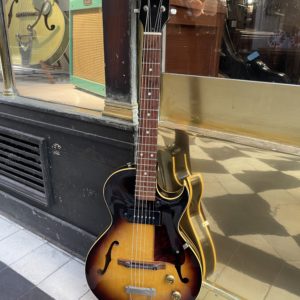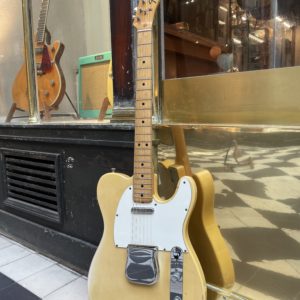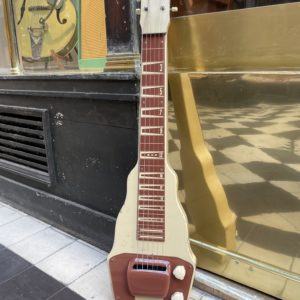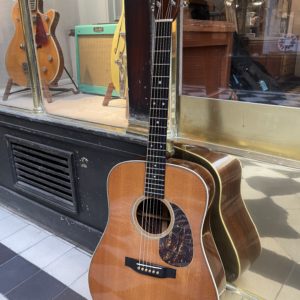1941 MARTIN 5-18
The prices indicated correspond to the price in the case of payment in-store or by bank transfer. In the case of payment by credit card via the website, a processing fee of [3.25% + €0.25]* will be applied to the total amount of the basket, including delivery costs.
Extremely rare pre-war Martin 5-18 from 1941, in exceptionally original and well-preserved condition.
Size 5 represents the smallest body size produced by Martin, appearing in catalogs since the early 20th century. In its literature from the 1930s and 1940s, the manufacturer described these guitars as “junior-sized, easy to hold and play.” Yet they belong to an ancient lineage of Germanic lutherie composed of instruments denoted Terz Gitarre—that is, guitars designed to be tuned a minor third above the standard E tuning. C.F. Martin was certainly among the first luthiers of European origin to introduce the terz guitar to America in the first half of the 19th century: notably, examples are known to have been produced during Martin’s collaboration with the New York instrument dealer John Coupa in the 1840s.
As the history of the American guitar progressed, guitarists’ interest increasingly shifted to larger instruments of the 0 and then 00 shapes, intended for playing in concert halls or ensembles, and the popularity of terz guitars declined accordingly. Thus, the first half of the 20th century saw Martin produce only small quantities of size 5 guitars—mostly 5-17T models, which were economical all-mahogany tenor guitars. The 5-18 models, on the other hand, were produced at a rate of only a few or dozens per year until the late 1940s. It wasn’t until the early 1950s that the model gained popularity, notably thanks to its use by country musician Marty Robbins: appearing on the cult show Grand Ole Opry with this small Martin in his hands, he made it an identifiable object for the American public. Another star who found fame through televised country music, Dolly Parton, is also known to have played Martin 5-18s throughout her career, also contributing to the model’s recognition.
The example presented here predates the two figures mentioned above, having been built in 1941 (it is one of merely 13 5-18s built that year!), a few months before the United States entered the war. It is therefore part of that category of highly sought-after instruments known as pre-war, indicating a combination of features that are considered the pinnacle of Martin’s guitar making: an Adirondack spruce top with scalloped bracing (the crest of the bars is carved to lighten them, which in turn increases the vibration of the soundboard) and a small bridge plate; a neck with twelve frets clear of the body topped by an open headstock with the original Dinsmore & Jager tuners; mahogany back and sides of the finest quality; an ebony fingerboard and small straight bridge – at the time, Martin gradually replaced these elements with rosewood parts, this guitar is a late example still featuring the original material; the pickguard and bindings bordering the body are made of tortoiseshell plastic, superbly preserved to this day with no signs of disintegration. Don’t be fooled by this guitar’s small size; it delivers insane projection and surprising depth of sound, even in the lower register—this is undoubtedly a great guitar.
Unusually, this 5-18 remains incredibly well preserved to this day, with all of its original parts. There are no cracks or breaks to be noted on the soundboard, a common occurrence due to their thinness on instruments produced during the period, and only very light signs of wear are noted throughout. It has been fully restored for playability in our workshop, receiving a neck reset, followed by a complete refret and a new set of bone nut / saddle to restore perfect playability. The action is low and the intonation is accurate, and all setup elements are perfectly adjusted.
To complete the package, the guitar comes in its original cardboard case.


